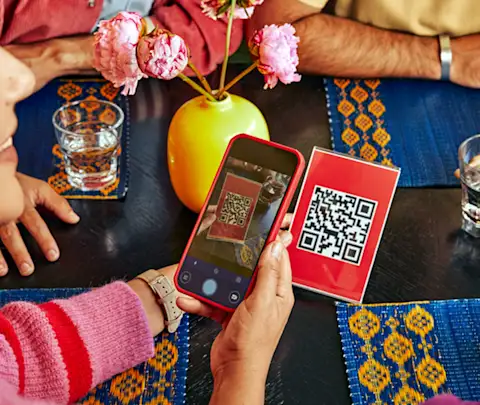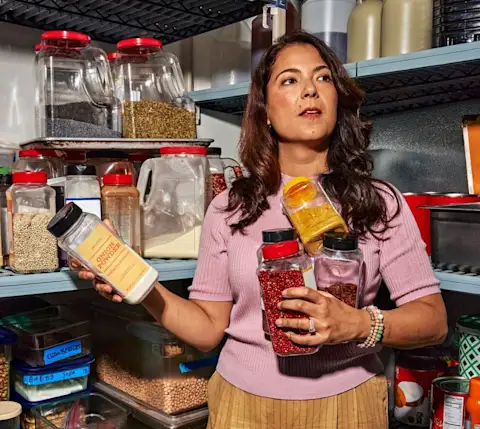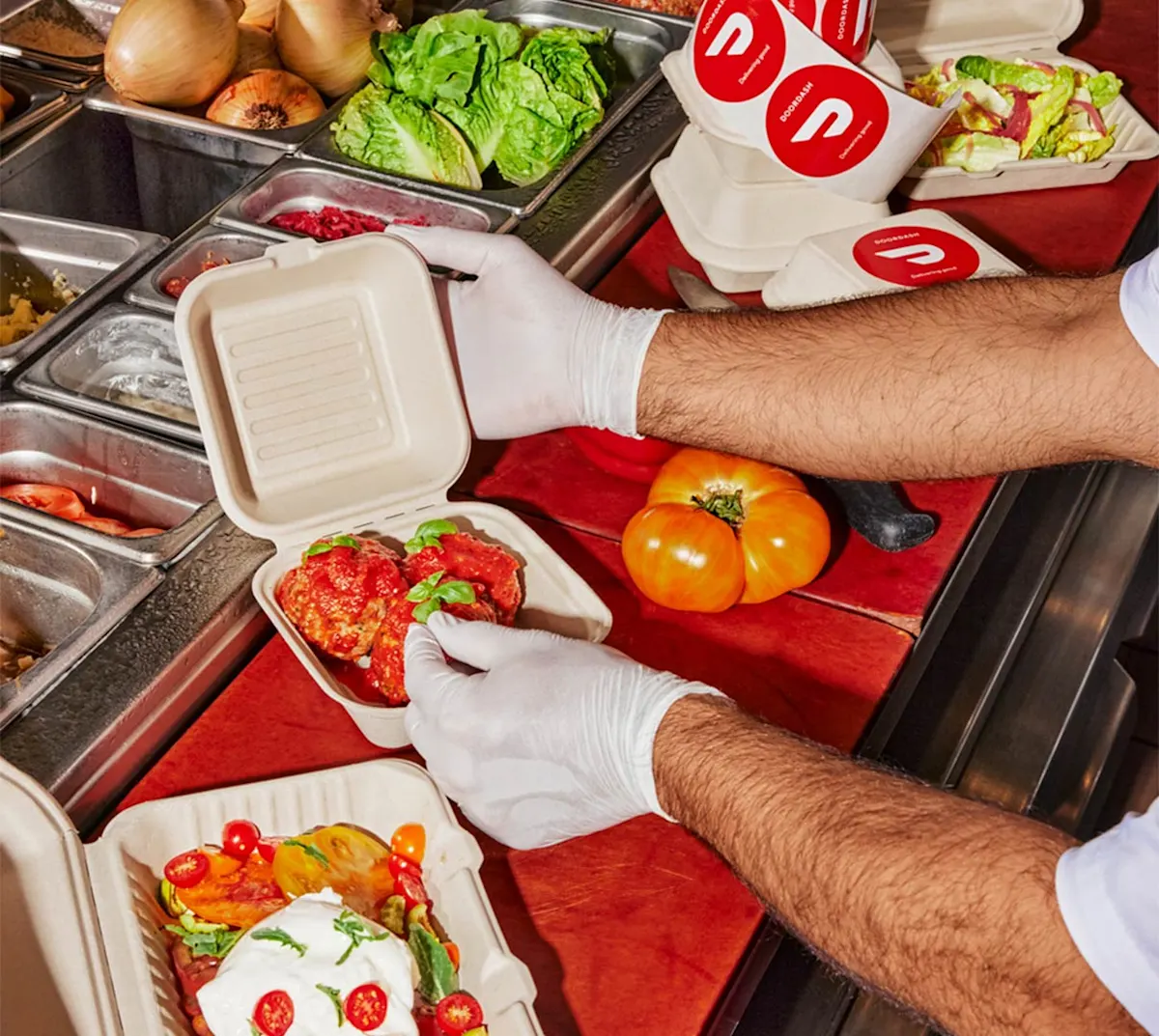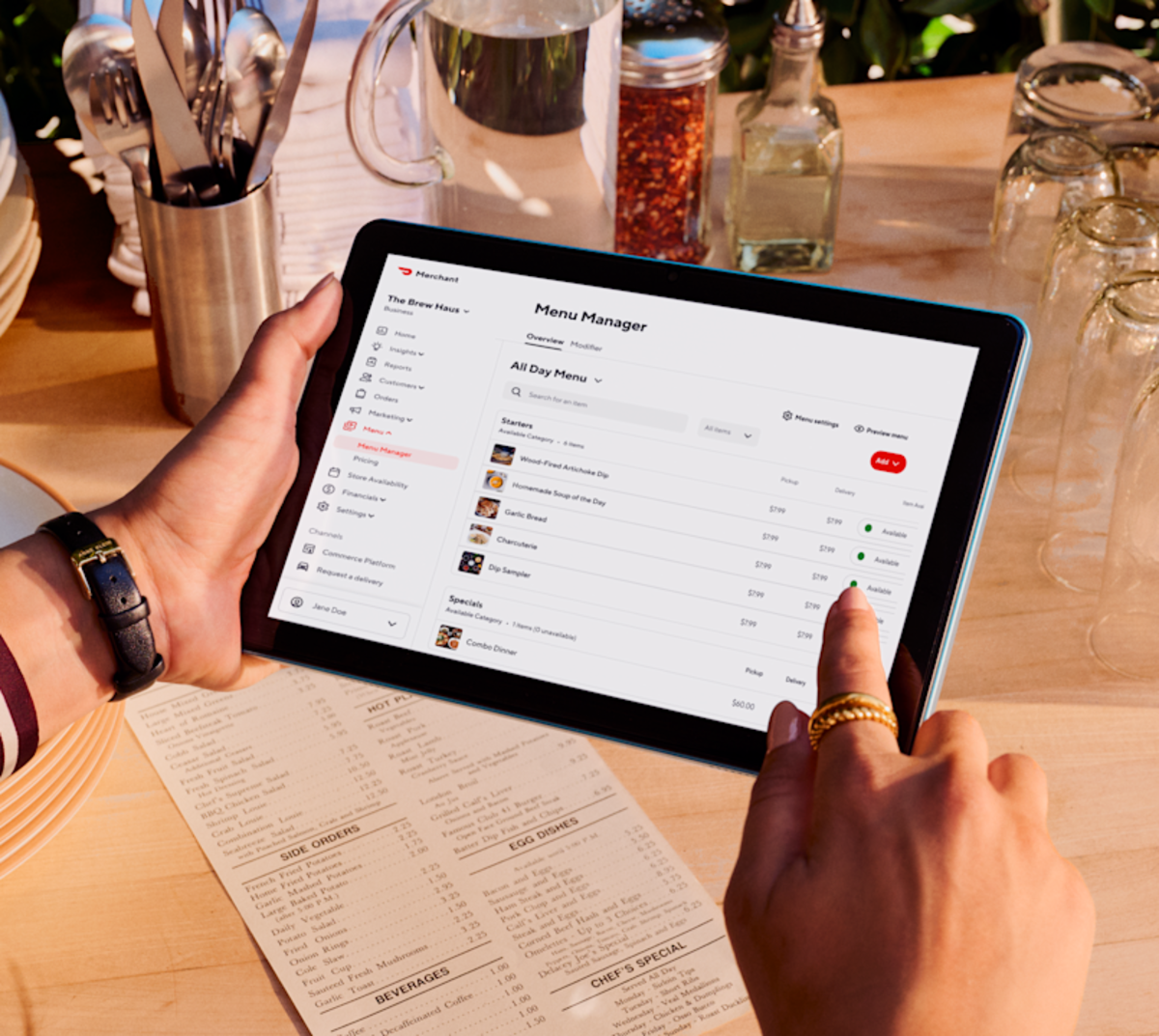Among the top consumer trends for restaurants to watch, food transparency is high on the list. More than ever, today's customers care not only about what they eat, but where it comes from. Brands that build trust through honest labeling, ethical sourcing, and healthy dining options can stand out from competitors and earn customer loyalty.
Here's everything you need to know about food transparency, and all the ways it's transforming how restaurants can communicate nutritional information.
What is food transparency?
By definition, "food transparency" refers to the consumer's ability to simply and clearly discern how an item was made, including the ingredients it contains, as well as where and how it was produced.
The concept of food transparency has been a hot topic in the grocery sector recently, but it has implications for the restaurant industry too.
In 2023, FMI, the Food Industry Association revealed new research on food transparency trends and consumers. It showed that the percentage of grocery shoppers who say transparency is important has grown steadily — from 69% in 2018, to 72% in 2021, to 76% in 2023.
That means over three-quarters of consumers today are making decisions about what and where to buy their food based on its ingredients, safety, and sustainability. Of course, this applies to restaurant guests as well.
In the context of grocery retail, further research from Deloitte shows that 45% of customers are looking at label data to determine whether products are sustainable, and 55% are using label data to understand whether food is healthy, nutritious, and safe — with food safety being a priority for 89% of customers.
Trends such as the "clean label" movement are therefore taking off, with today's customers showing unprecedented aversion to foods that they deem artificial. According to Deloitte, 39% of survey respondents would like to have access to detailed data on the freshness of their food, and how it has traveled from farm to store.
Restaurant guests also care intensely about both the origins and contents of what's on their plate, which is why labeling menus with dietary, allergen, and nutritional information matters a great deal.

Why diners care about food transparency
There are numerous reasons why guests are concerned about healthy dining options and nutritional information for restaurants. For starters, special diets and wellness trends are prevalent among customers today. Vegan, vegetarian, pescatarian, paleo, keto — restaurants have to be ready to accommodate diverse preferences, lifestyles, and food restrictions.
On the topic of food restrictions, having an inclusive menu also means labeling diligently for common allergies such as wheat, gluten, and nuts, and providing customizations and alternatives for guests.
But beyond that, sustainability is a major factor driving the demand for menu transparency. From New York to Chicago to Las Vegas to Los Angeles and across the entire country — diners are prioritizing locally sourced foods for a number of reasons:
By traveling a shorter distance, food has a lower carbon footprint and is better for the planet
The farm-to-table movement empowers regional producers, communities, and economies
Local food is likely fresher and healthier — and traceability helps ensure it's made ethically
While food transparency may be garnering a lot of recent attention in grocery retail, it's plain to see that the concerns that customers have in-store are the same ones they have when ordering from a restaurant. Brands that fail to be forthright about where their items come from and what goes into them may lose guests to their more candid competitors.

How restaurants can adopt food transparency
The demand for food transparency isn't going away anytime soon. Interest in health, wellness, and social responsibility is only growing, which is why now's the time to find smart, simple ways to tell your guests what they want to know. Here are four helpful strategies:
1. Redesign your menu for maximum transparency
If you run a popular breakfast spot, there's a pretty good chance that your dishes contain a lot of common allergens, such as eggs, dairy, and wheat. Can your guests tell at a glance which dishes meet their dietary needs? If not, develop an inclusive menu by adding icons or descriptions to items to clearly indicate any potentially problematic ingredients.
These verbal or visual cues can also let them know which dishes are appropriate for their unique diets, whether they're vegan or gluten-free.
2. Track ingredients and inventory through a POS
An integrated POS system is a powerful tool for food transparency, making sure customers' dietary specifications and customizations are communicated seamlessly between the front-of-house and back-of-house teams.
Inventory management capabilities can also play a critical role. More than just tracking stock so you don't run out of your most popular dishes during the lunch rush, your POS system can serve as a single source of truth regarding the ingredients you use and the suppliers you source them from.
3. Leverage search filters with your online platform
To truly ensure food transparency for your customers, partner with an online delivery platform that enables customers to easily filter their search results according to their needs. With DoorDash, you can differentiate yourself based on the dietary restrictions and requirements you accommodate, and help more diners find your restaurant.
You can also launch DoorDash promotions or ads to feature your business and its dietary accommodations even more prominently. So the next time locals are looking for healthy dining options in your area, your business can pop up in their DoorDash app feeds.
The benefits of food transparency for restaurants
These days, customer trust is valuable currency. More than ever, consumers are voting with their wallets to support businesses that positively impact the community and society. Committing to food transparency lets you meet — and even exceed — these expectations, showing the world that you care about the quality of your menu items as much as you care about the health and well-being of your guests.
DoorDash can help you further optimize your menu to keep current customers happy and attract new ones. Discover how the platform's menu management tools can support your restaurant.



